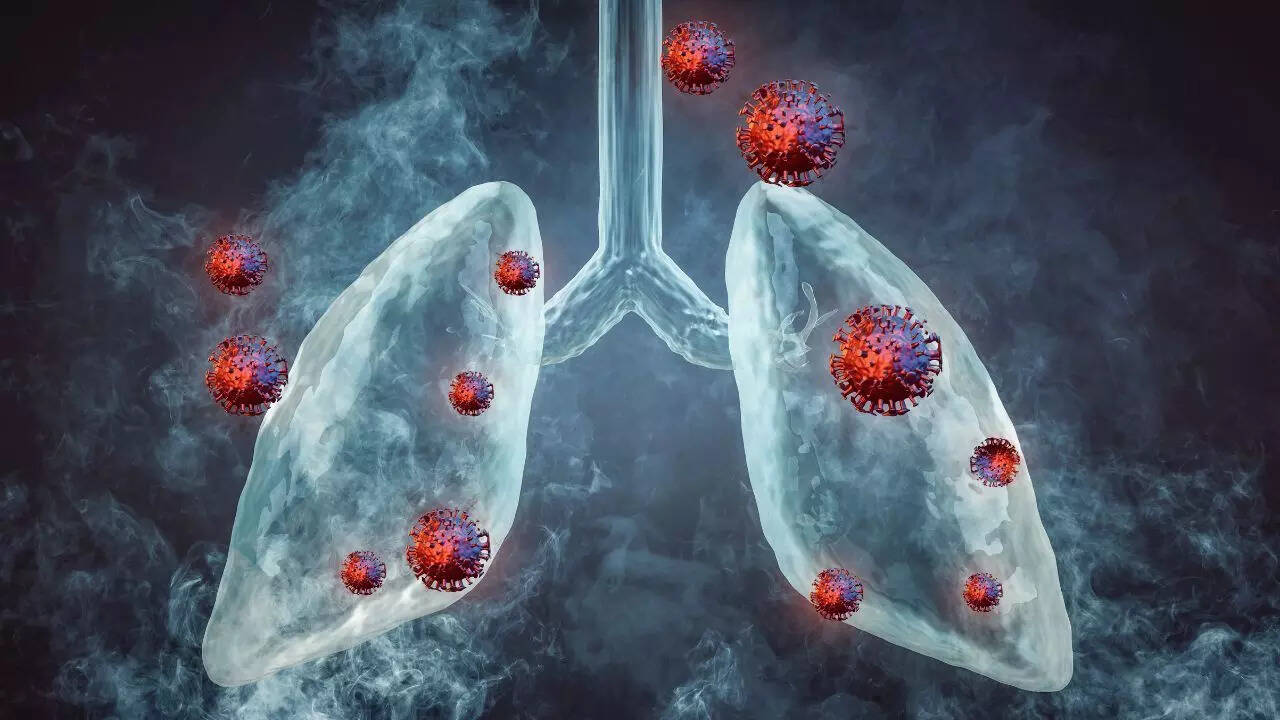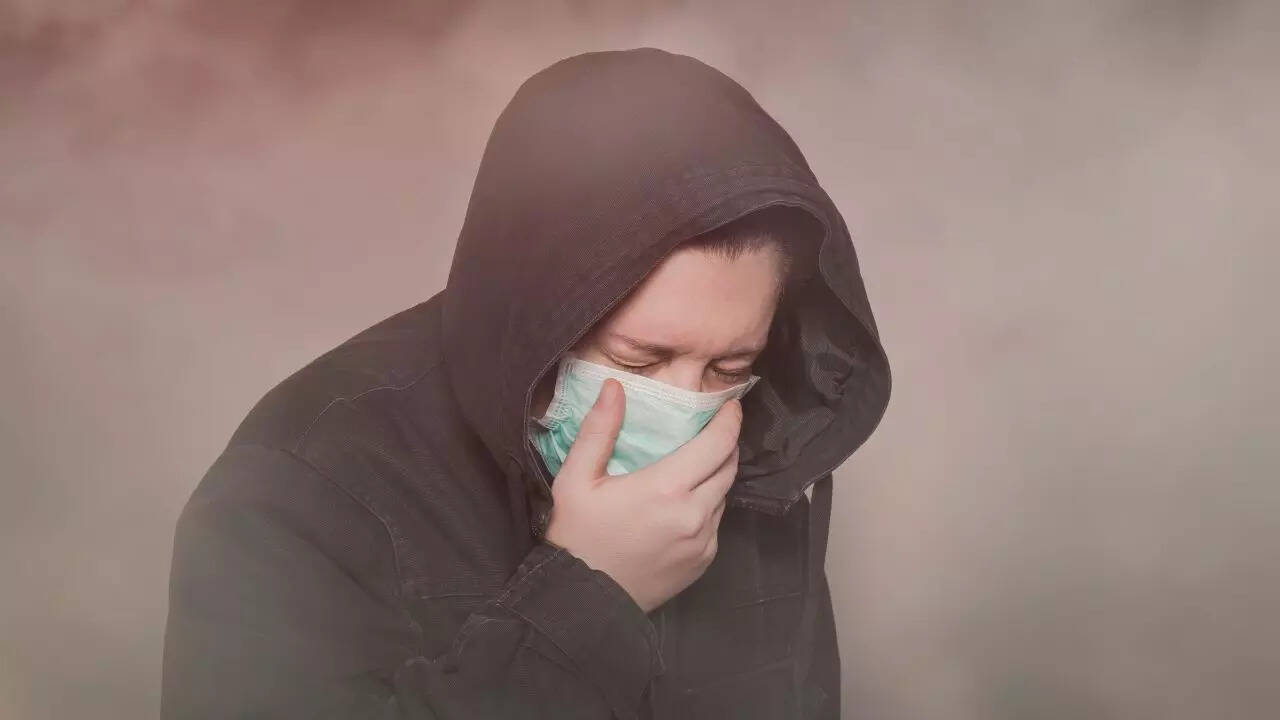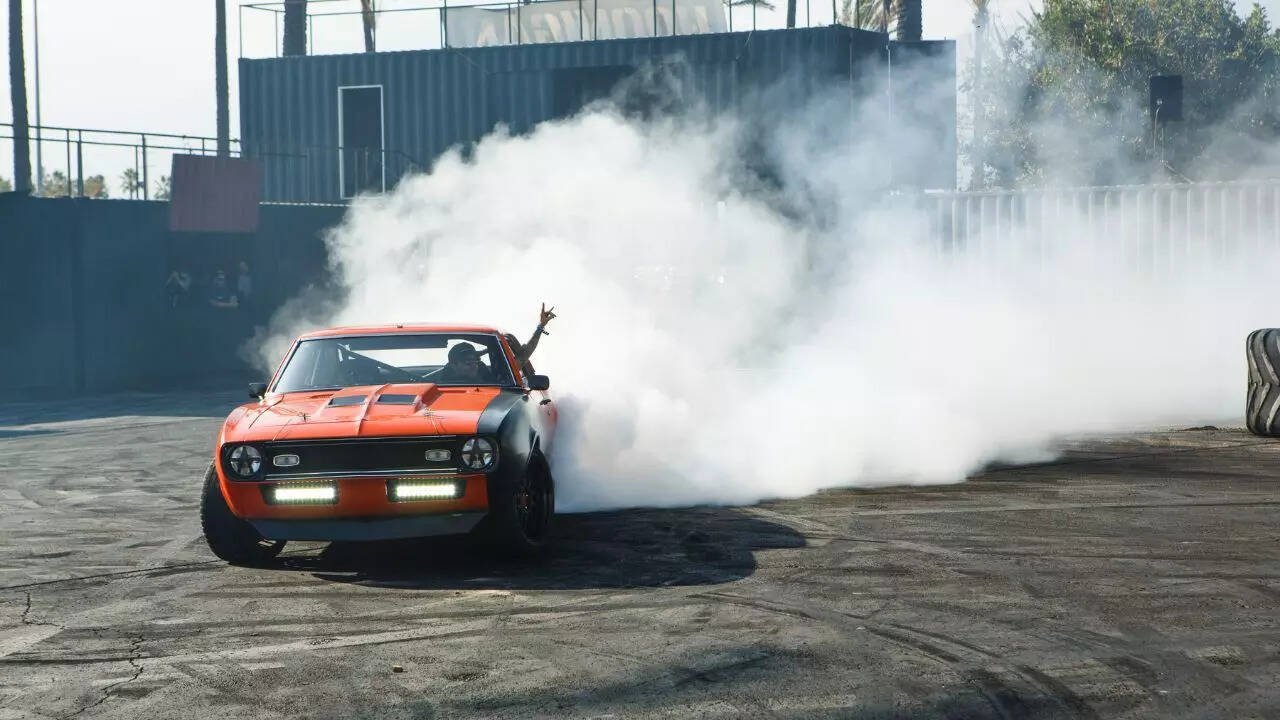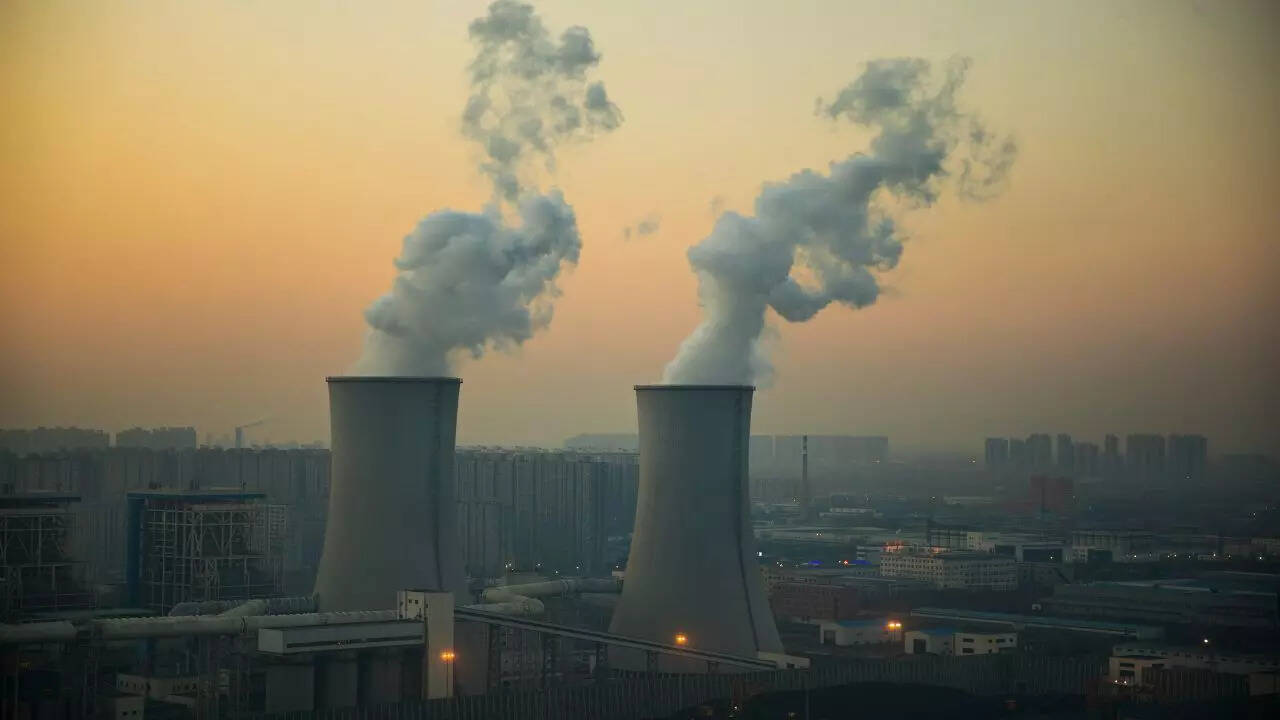World Lung Cancer Day has reignited serious concerns about how the city’s hazardous air quality is fueling a surge in lung cancer cases, particularly among non-smokers. Once considered primarily a smoker’s disease, lung cancer is now increasingly affecting younger people and women with no history of tobacco use. Experts attribute this alarming trend to prolonged exposure to toxic air pollutants, vehicular emissions, industrial chemicals, second-hand smoke, and even fumes from household cooking. A 30-year review conducted by the Centre for Chest Surgery and the Lung Care Foundation revealed that nearly half of today’s lung cancer patients are non-smokers, compared to just 10% in the late 1980s. With Delhi’s Air Quality Index (AQI) often exceeding safe limits by 8–10 times, medical professionals have declared it a public health emergency, urging immediate action and stricter environmental regulations.
Delhi’s toxic air linked to surge in non-smoker lung cancer cases
Lung cancer is no longer just a smoker’s disease. Delhi’s toxic air, industrial emissions, passive smoking, and indoor pollution are collectively fueling an unprecedented rise in cases among people once considered low-risk. Without swift interventions—ranging from cleaner air policies to broader screening programs—India risks facing an epidemic of lung cancer cases linked not to cigarettes, but simply to the air we breathe.Historically, about 90% of lung cancer patients were smokers. However, a recent analysis shows this number has fallen to 50%, with 70% of patients under 50 and 100% under 30 reporting no smoking history. This shift suggests lung cancer is no longer just a smoker’s disease but a condition driven by environmental and lifestyle factors. Doctors now regularly treat women, younger adults, and people without any family history of cancer—patients who, two decades ago, would have been considered low-risk.Doctors across Delhi are alarmed by the rise of younger, non-smoking lung cancer patients. Many have no conventional risk factors besides toxic air exposure. Experts are urging policymakers to expand lung cancer screening programs beyond smokers, promote early detection using low-dose CT scans, and provide access to affordable treatment.

Common causes of lung cancer beyond smoking
Air Pollution

Delhi’s air pollution crisis is one of the worst globally. Tiny particles such as PM2.5 and PM10 penetrate deep into the lungs, causing inflammation and DNA mutations that can lead to cancerous cell growth. The city’s AQI often remains at severe levels for days during the winter, directly increasing the risk of respiratory illness and cancers. Experts believe that living in such conditions for years is equivalent to passive smoking multiple packs of cigarettes daily.
Second-hand smoke exposure

Non-smokers living or working around smokers face high exposure to carcinogens like tar and formaldehyde. Prolonged exposure causes chronic lung irritation, DNA damage, and eventually, cancer. Despite anti-smoking laws, public spaces and homes still present significant risks.
Vehicular and industrial emissions

The rapid growth of vehicles and factories has increased the release of harmful gases like benzene, formaldehyde, and diesel exhaust, all classified as carcinogens. Regular inhalation of these emissions damages the lung’s defense mechanisms and can trigger uncontrolled cell growth.
Household fuels and cooking fumes

In India, cooking with biomass fuels (wood, coal, kerosene) in poorly ventilated spaces produces smoke rich in carcinogens. Even modern kitchens pose risks when cooking oils are overheated, releasing toxic vapors. This disproportionately affects women who spend long hours in the kitchen, leading to higher lung cancer incidence among non-smoking women.
Genetic susceptibility
Studies reveal that Asian populations have a higher prevalence of EGFR gene mutations, making them more susceptible to lung cancer triggered by environmental carcinogens. These genetic changes often result in aggressive tumors that grow faster, even in individuals with no smoking history.
Public health emergency and policy recommendations
The Asia Pacific Lung Cancer Policy Consensus (APAC) stresses urgent action to:
- Broaden lung cancer risk definitions beyond smoking history.
- Increase public awareness about environmental risk factors.
- Expand lung cancer screening for high-pollution areas.
- Strengthen environmental regulations to reduce industrial and vehicular emissions.
- Provide equitable treatment access for non-smoker lung cancer patients.
Also Read | Gallbladder removal: What happens after surgery, side effects and foods to avoid
 Unews World
Unews World
